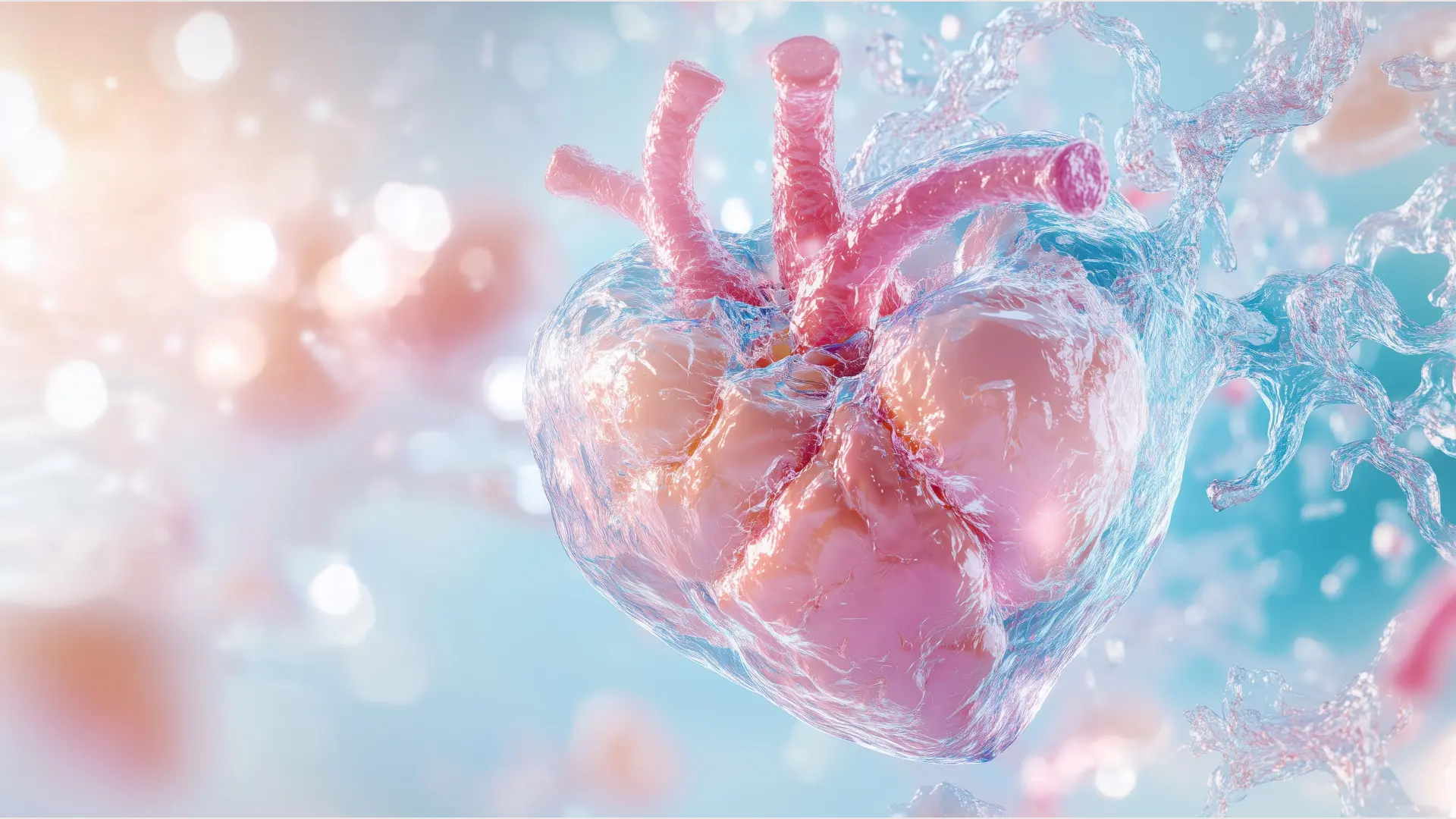Spot the quiet clues of poor blood flow—and act before serious cardiovascular trouble strikes.
Poor circulation is often called the “quiet threat” to cardiovascular health. Long before chest pain or a medical crisis strikes, sluggish blood flow can rob tissues of oxygen, increase blood pressure, and set the stage for clot‑related events. Recognising the early clues—and acting on them—gives you the best chance to protect your heart, brain and energy levels.
7 Silent Signals You Might Miss
- Ice‑cold hands or feet
When your body shunts warm, oxygen‑rich blood to vital organs, extremities are left chilly.
- Numbness or persistent “pins‑and‑needles”
Nerves protest when they are starved of oxygen and glucose.
- Swollen ankles or lower legs
Inefficient venous return lets fluid leak into surrounding tissues.
- Skin colour changes (pale, blue or purplish)
Capillaries carry blood low in oxygen, producing visible discolouration.
- Night‑time leg cramps
Muscles cramp when circulation slows even further during rest.
- Slow‑healing cuts or bruises
Limited nutrient delivery delays tissue repair.
- Brain fog or daytime fatigue
Reduced cerebral perfusion blunts mental sharpness.
Tip: If two or more of these issues last longer than two weeks, schedule a circulation check‑up.
Root Causes of Sluggish Blood Flow
- 📍Atherosclerotic plaque – fatty deposits narrow arterial “pipes.”
- 📍Excess fibrin & micro‑clots – inflammation or prolonged sitting leaves clot debris in the bloodstream.
- 📍Metabolic disorders – diabetes, high LDL and hypertension stiffen or damage vessels.
- 📍Sedentary lifestyle – muscle pumps lie idle, blood stagnates.
- 📍Smoking & chronic stress – constrict arteries and raise clotting factors.
When to See a Doctor Immediately
- 👉 Sudden one‑sided leg pain, warmth or swelling
- 👉 Chest tightness, shortness of breath, jaw or left‑arm pain
- 👉 Vision loss, slurred speech or facial droop
Take Action: The 3‑Step “FLOW” Fix
| Letter | Action | Why It Helps |
| F – Flex | Stand up hourly for 20 calf‑raises | Calf muscles pump venous blood back to the heart. |
| L – Lift | Elevate legs 10 min each evening
| Gravity assists venous return and eases ankle swelling. |
| O –Oxygenate | Brisk 20‑minute walk (or cycle) every day | Aerobic movement boosts nitric‑oxide‑mediated vessel dilation. |
| W – Window | Take 2,000–4,000 FU of nattiase® on an empty stomach | Systemic fibrinolytic activity peaks when no food competes for absorption. |
Real‑World Voices 💬
“I've been taking Nattokinase with Vitamin K removed for 100mg 2x's day. I feel that my circulation has improved and I also have T2 diabetes and worry a lot about it and believe it's amazing.”– WebMD user review
“I have been taking a 2000 FU tablet for 14 days now. I can’t believe the drop in my blood pressure readings. Formerly average 134/85. Now 122/74 and dropping! My stamina and energy are even better as I am physically fit and work out at the gym”– WebMD user review
Real-world experiences vary, but many users echo easier cold-extremity relief and steadier BP readings. Treat anecdotes as supportive stories—not proof.
Safety Note ⚠️
Call to Action 🚀
Ready to support smoother, healthier blood flow? Pair the FLOW Fix with clinically studied nattiase®—a natural, high‑FU fibrinolytic enzyme.
0710_Silent Signals Early Warning Signs of Poor Circulation You Shouldn’t Ignore.webp)

